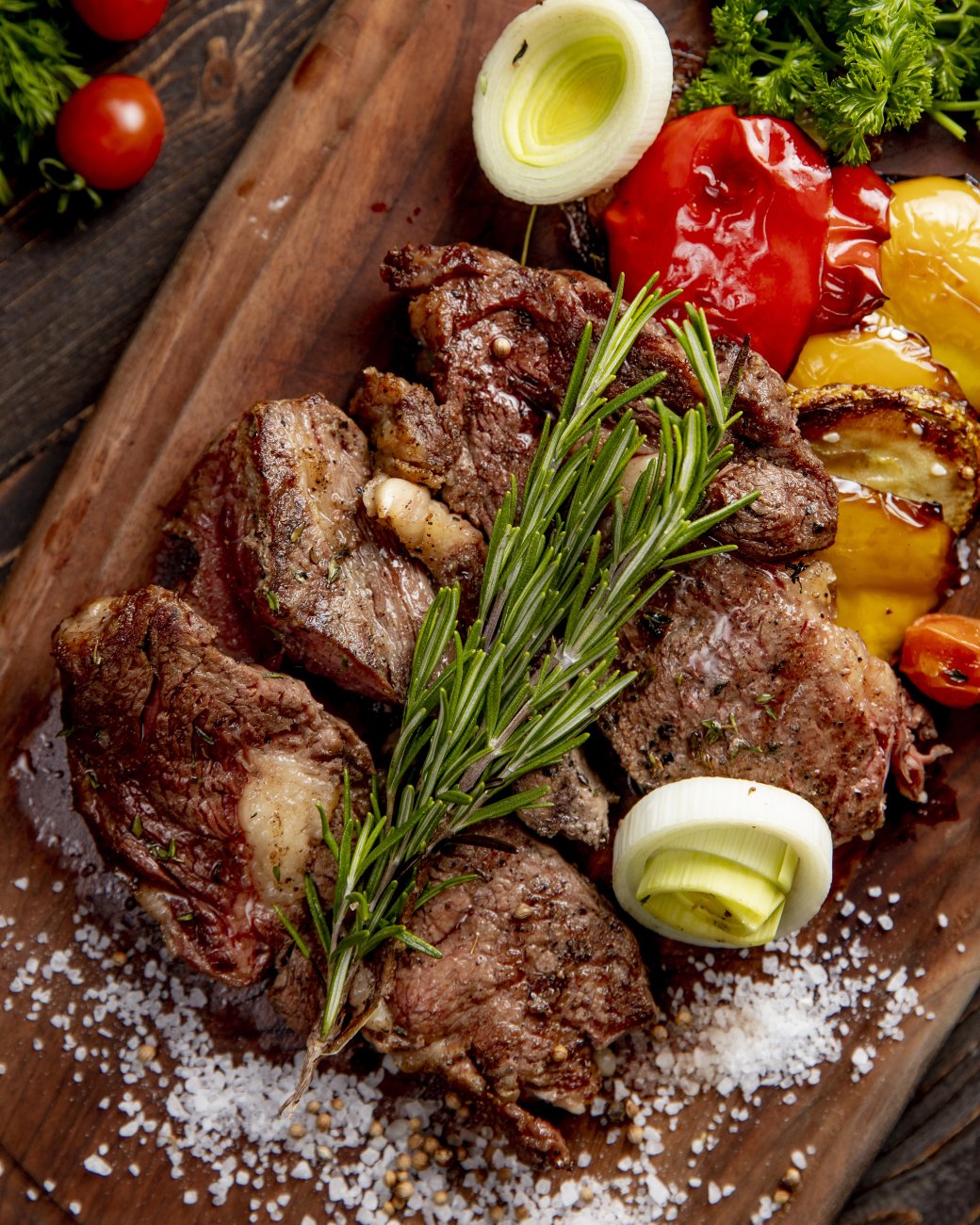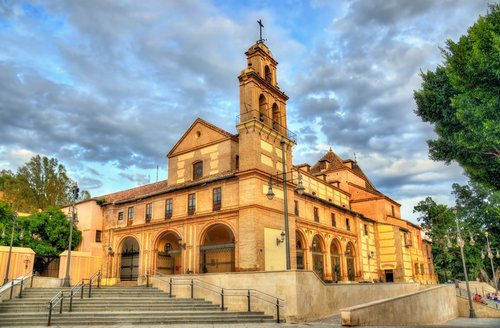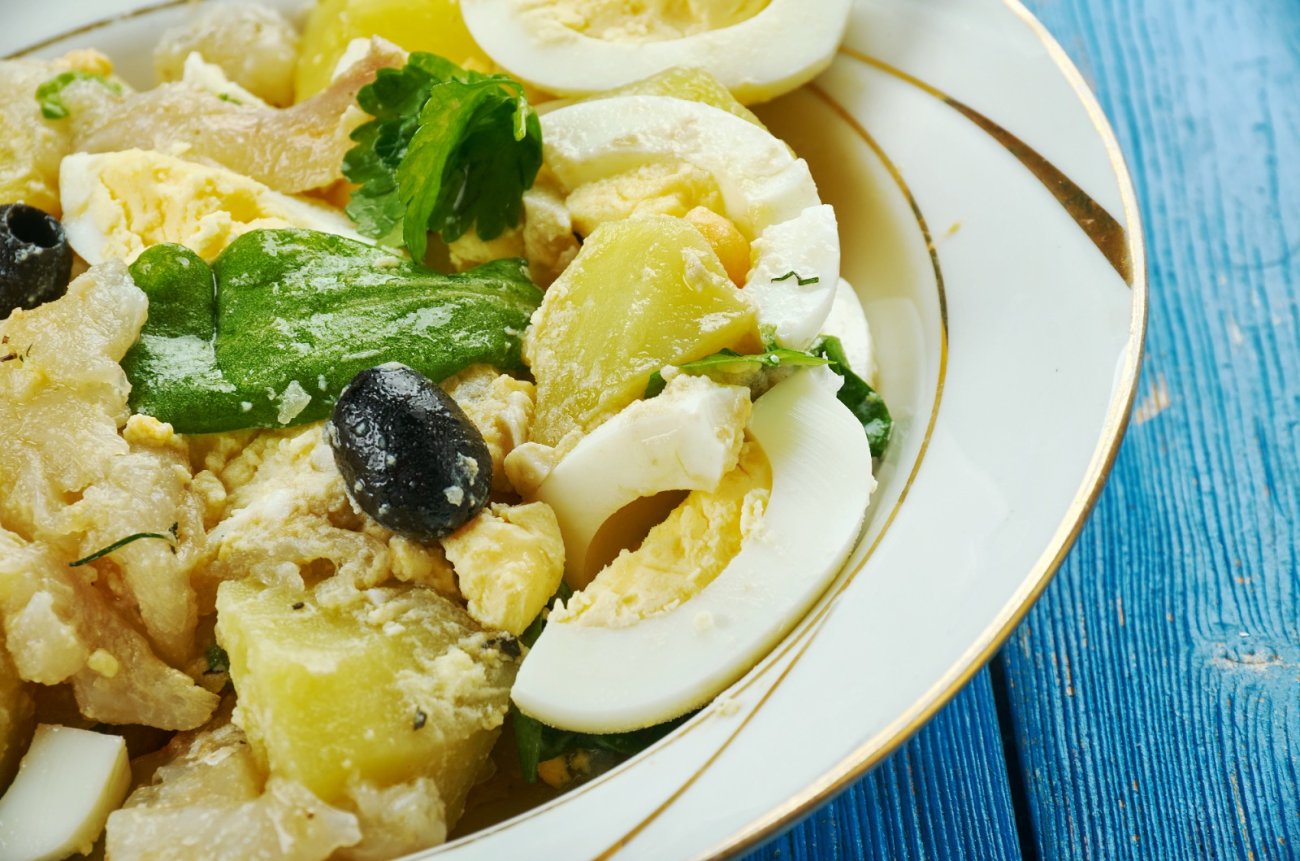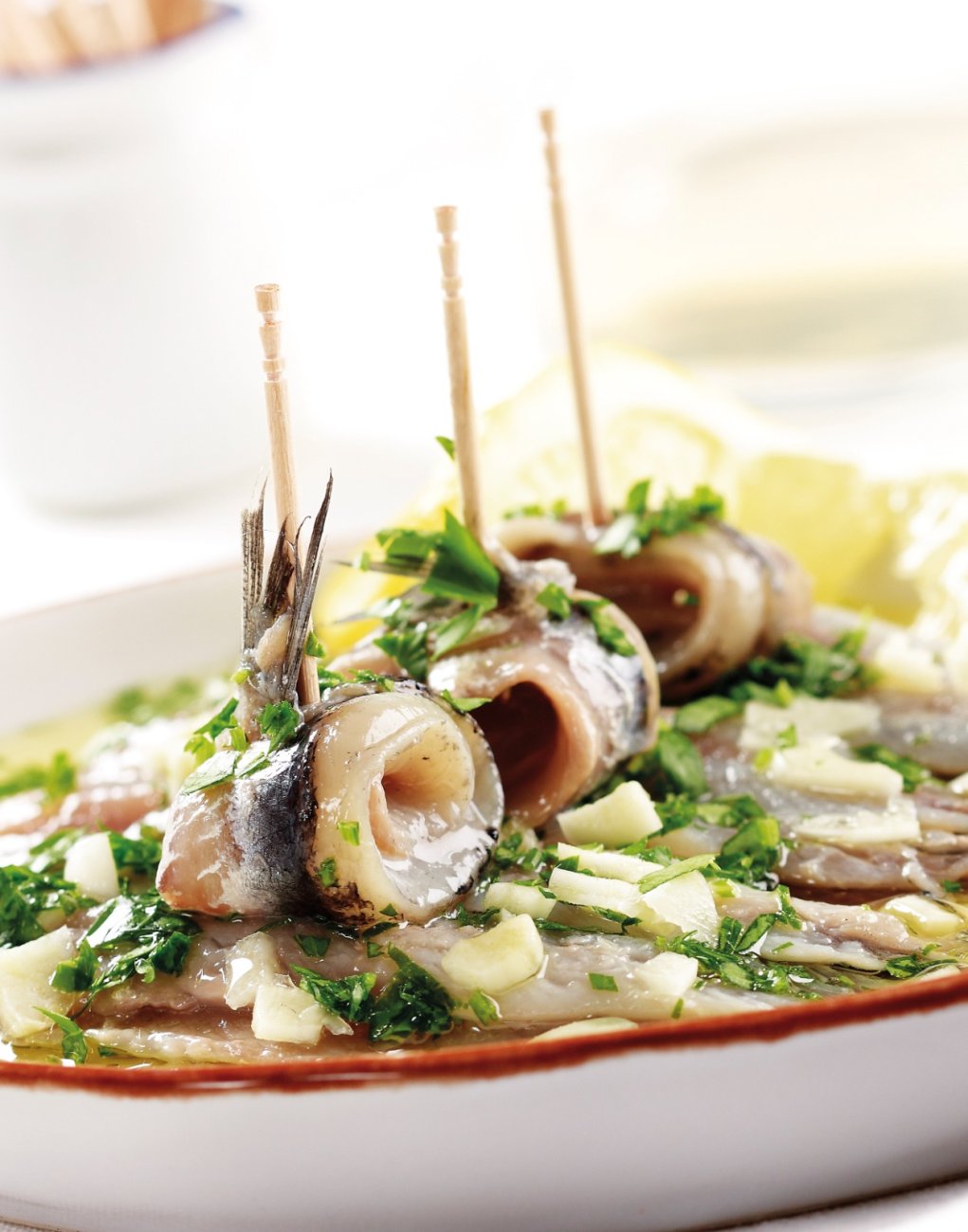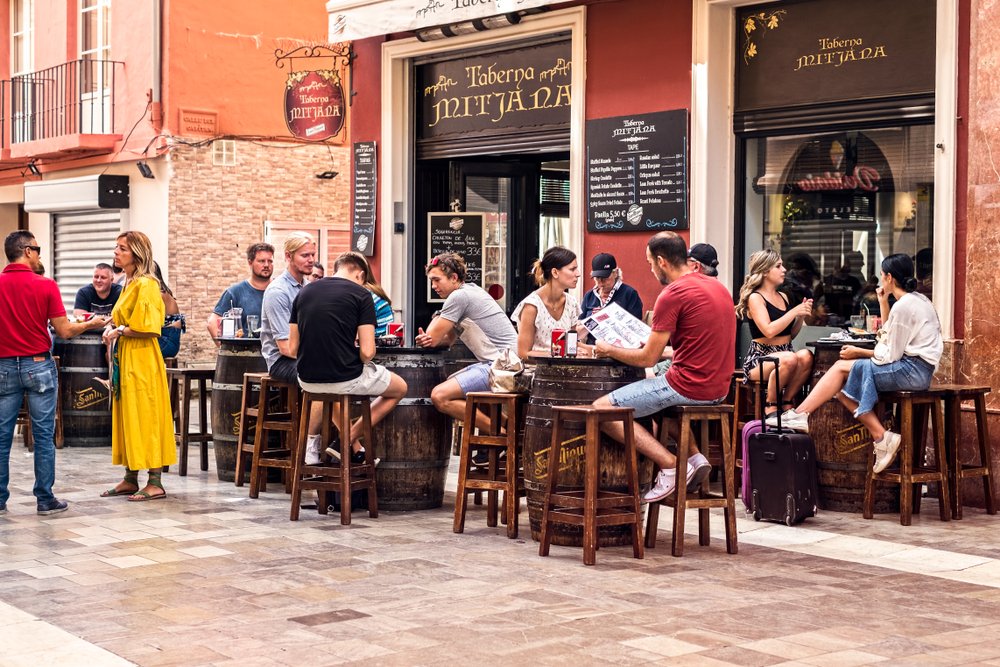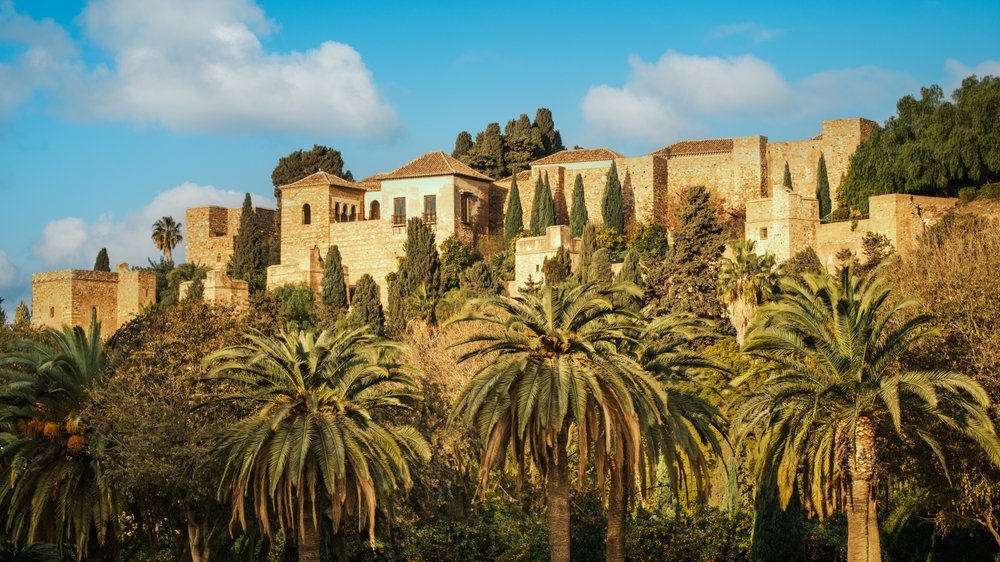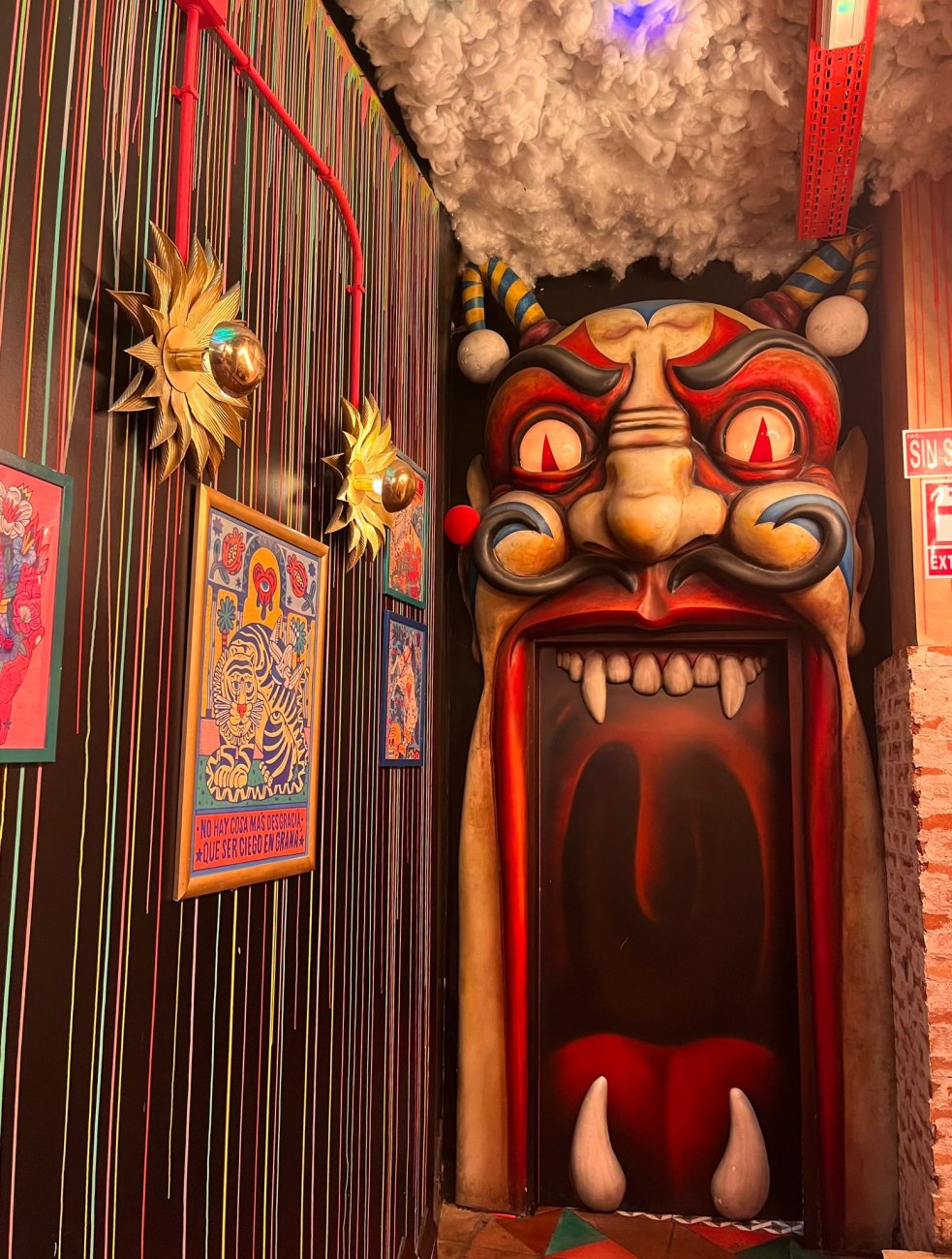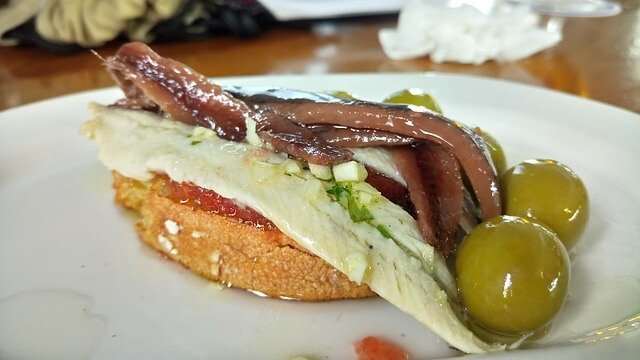It is recognized for housing the image of the Virgin of Victory, patron saint of the city, and for being one of the main places of worship and devotion in the region. With a history dating back several centuries and impressive architecture, the basilica represents an important point of reference for both believers and visitors interested in the history and culture of Malaga.
History
The history of the Basilica of the Virgin of Victory is intertwined with the rich history of the city of Malaga and with the Marian devotion that has characterized its inhabitants throughout the centuries. It is believed that devotion to the Virgin of Victory originated during the Christian reconquest of the city, which took place in the 15th century. According to tradition, during this time an image of the Virgin was found in the place where the basilica was built, thus marking the beginning of her veneration in the region.
The initial construction of the basilica dates back to the 17th century, when a small chapel was erected on the site where the image of the Virgin was found. This chapel served as a place of worship and pilgrimage for the faithful who came to venerate the Virgin of Victory. However, with the passage of time and the growing number of devotees, the construction of a larger and more majestic temple that could adequately house the faithful and the image of the Virgin itself became necessary.
This is how, in the 18th century, the construction of the current building of the basilica in the Baroque style was carried out. This architectural project was directed by prominent artists and architects of the time, who gave the temple an impressive beauty and grandeur that made it one of the main religious monuments of the city.
Architecture
The Basilica of the Virgin of Victory presents imposing architecture and rich ornamentation that reflect the grandeur and solemnity typical of baroque temples. The exterior of the building is characterized by a main façade made of limestone, with decorative details in relief that include floral elements, heraldic shields and religious motifs. The façade is flanked by two baroque-style bell towers, which add verticality and majesty to the architectural complex.
Upon entering the interior of the basilica, visitors are greeted by a large central nave, which is richly decorated with gilded altarpieces, sculptures of saints and religious paintings. The vaulted ceiling is adorned with frescoes depicting biblical and allegorical scenes, which contribute to creating an atmosphere of spirituality and meditation.
One of the most prominent elements of the basilica is the main altar, located in the presbytery and presided over by the image of the Virgin of Victory. This altar is richly decorated with polychrome marbles, ornamental reliefs and golden elements, which enhance the importance and solemnity of the place. The image of the Virgin, carved in wood and richly dressed, is the object of great devotion by the faithful, who come regularly to pay homage to her and request her intercession.
Works of Art
The Basilica of the Virgin of Victory houses an important collection of works of religious art, which constitute a valuable cultural and artistic heritage for the city of Malaga. Among the most notable works are:
-The image of the Virgin of Victory: This image, carved in wood and richly dressed, is the main object of worship and devotion in the basilica. It is believed that the image was found during the Christian reconquest of Malaga and has since been venerated as the city
-Baroque altarpieces: The basilica has several richly decorated baroque altarpieces, which are dedicated to different Marian devotions and various saints. These altarpieces, made of gilded and polychrome wood, are true masterpieces of Andalusian baroque art.
-Religious paintings: On the walls of the basilica you can admire numerous religious paintings that represent biblical scenes, miracles of the Virgin and episodes from the lives of the saints. These works of art, created by prominent painters of the time, contribute to beautifying the interior of the temple and enriching the spiritual experience of the faithful.
-Sculptures of saints: The basilica also has a collection of sculptures of saints, made of different materials such as wood, stone and marble. These sculptures, which are distributed throughout the interior of the temple, are objects of veneration and devotion by the faithful, who regularly come to pray before them and request their protection.
